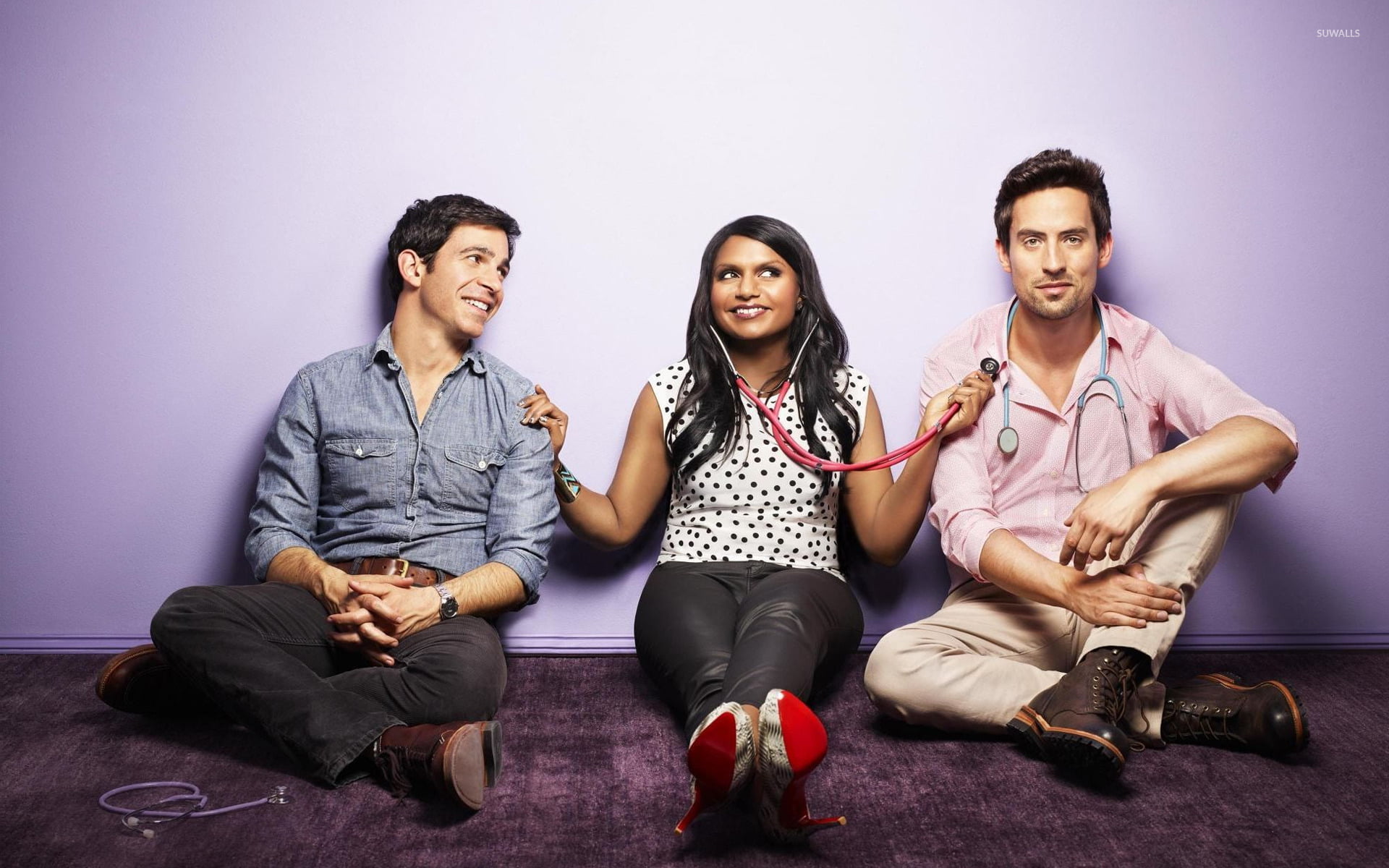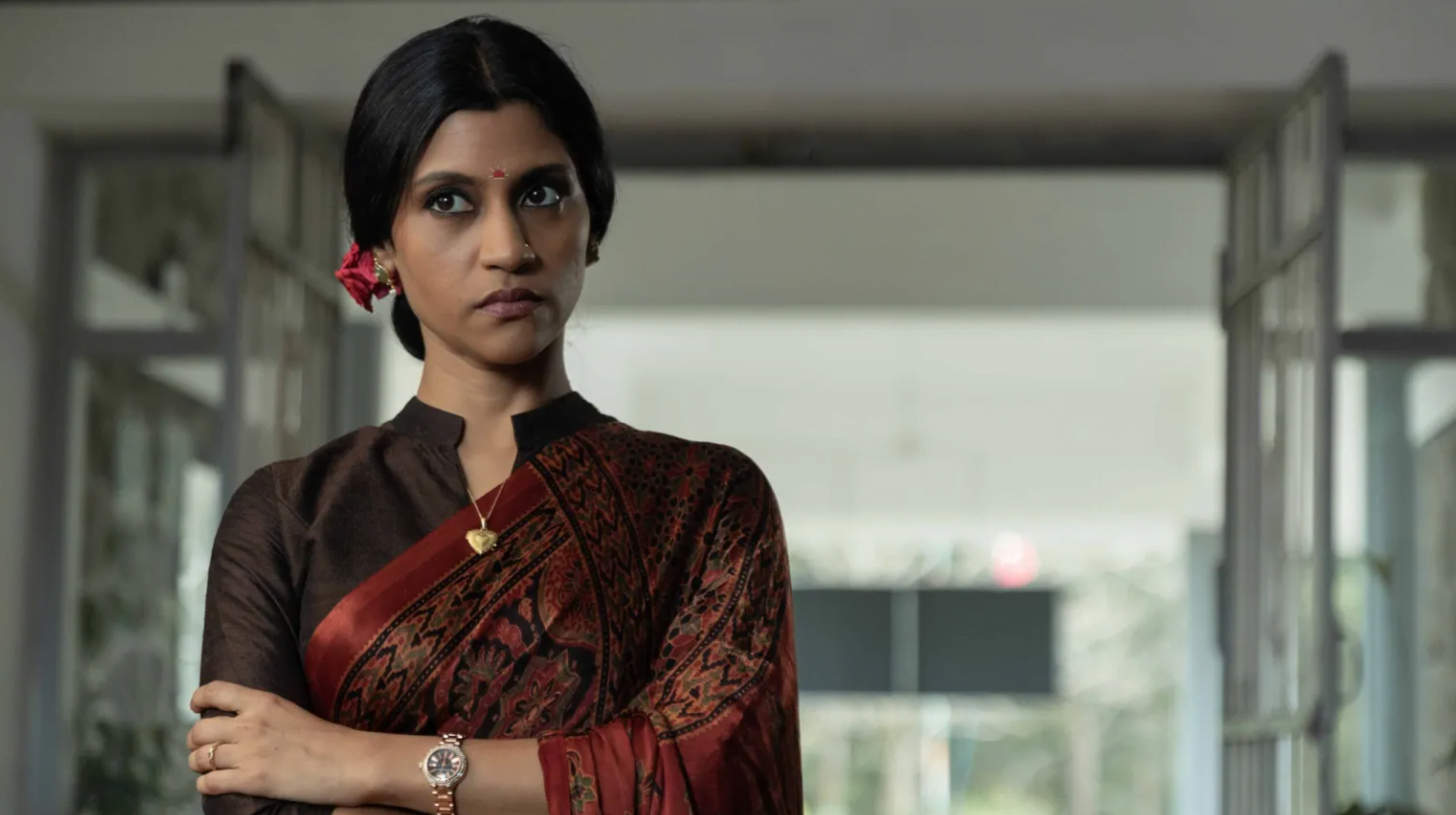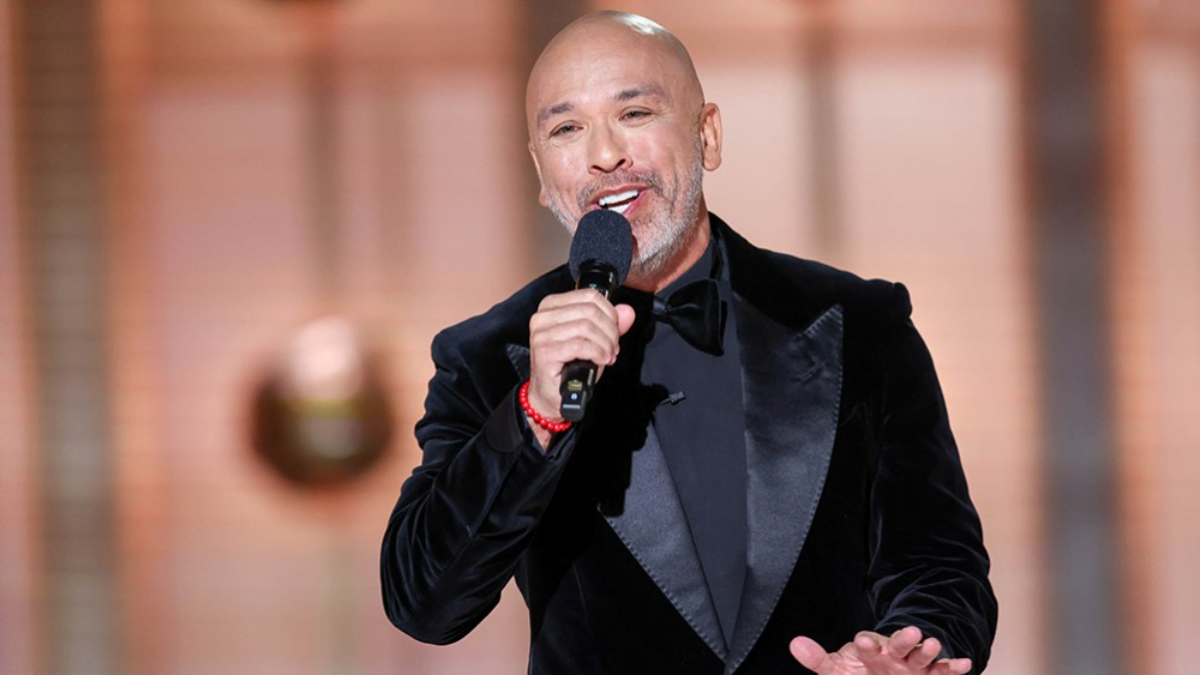Brown people, particularly those of south Indian descent are burgeoning in the homogeneously white world of Hollywood. Well, maybe not so much burgeoning in number, as the number of non-white actors hasn’t changed much in the past decade, but in screen time.
IMDB has a list of ‘Indian Actors & Actresses in Hollywood’. There’s a mind-blowing 39! Of which I recognized less than half. It’s not difficult to reason that this 39 represents a minuscule portion of the Hollywood population.
There are several TV shows and films that have managed to enter the mainstream: The Big Sick, The Mindy Project, Master of None, and Meet the Patels.
Also read: On The Big Sick: Desi Families, Dysfunctionality And Defection
All feature brown-skinned, usually Indian (aside from Kumail Nanjiani), protagonists. One may point to my failure to mention Slumdog Millionaire as another film that gained mass acclaim as a popular-out-of-Hollywood movie that features brown people as leads. The aforementioned, however, depict brown-skinned individuals as more than just the typical Indian often seen in Hollywood creations.
We’re capable of being whole people, and that too as American (or generally ‘Western’) as white people! Who would have known?
In my school (pre-university), the boys were partial to white girls (or the girls that fulfilled whatever it meant to be a white girl), exclusively. This was no different for the boys of colour. I grew up wishing I had white skin, less body hair, lighter and straighter hair. I figured if I studied their behaviours, I too could mould myself into an almost white person, and then boys would like me, right?
Brown women are reduced to mere obligations to be met, to entertain immigrant parents’ desires.
Save for the one white “boyfriend” I had for 3 months in 8th grade (who then went on to vie for the attention of my white female classmates); I spent most of my life questioning why I was forced to reside in this unlikeable-by-boys body. Once I got to university, and successfully attracted the gaze of the white man, I felt so validated. It was like, “Look! I made it!”
This is what makes shows and films like the Big Sick, Master of None, Meet the Patels and The Big Bang Theory conflicting.
On the one hand, here are these men (except for Raj initially), who’ve defied the trope of the Asian man as effeminate, asexual and awkwardly unattractive. Raj from The Big Bang Theory can’t speak to women unless intoxicated, because why would an Indian man be able to? Han from 2 Broke Girls, a Chinese-American, is also pigeonholed, constantly berated as obviously not possible to be sexually attractive along with never-ending jokes about his allegedly small or non-existent penis.
Mindy Kaling (a woman of South Indian descent), of The Mindy Project, even caters to this idea. In the show, when defending herself after being told she only hooks up with white men, she proclaims that she once hooked up with a Korean guy whose “hands were so small, it made my body feel enormous”. Again, we see the emasculation of Asian men. Small, meek, unable to be sexual, can’t possibly not have an Asian accent, among others.
What makes these films and shows with South Asian leads difficult for me, is that somehow every one of them vies for or ends up with a white individual. For the sake of being a cis-heterosexual woman, I’ll focus on The Big Sick, Master of None and Meet the Patels.
These works surely depict the lesser told complications and intricacies of first-generation South Asian kids in America, which is definitely a positive.
However, I find that they also display Indian-Americans (the fact we need the hyphenation to distinguish us from white-Americans tells us enough) as being perpetual immigrants, UNLESS they assert their American-ness. And apparently for their relationships to be as American as possible, the woman must be a white woman.
Thus, the brown men in asserting their American-ness, don’t provide much space for the brown and Indian women to do the same.
Also Read: Television And Its Cheap Thrills (Also Called ‘Entertainment’)
Some argue that because most of these men are depicting their realities (of having a relationship with exclusively white women), to do otherwise would belie and be an erasure of their actualities as South Asian-American men. Yet, their authenticity often comes at the expense of brown women.
In The Big Sick, Nanjiani’s parents want him to have an arranged marriage, as per custom. He very reasonably resists.
Tactlessly, all the women his parents introduce him to are characterized as “pitiable, interchangeable and wholly conventional, even when they’ve lived in the US longer” than Nanjiani.
Similarly, in The Master of None, Ansari introduces some women of colour, but they eventually and quickly disappear. Many have pointed out that this “diversity” was introduced only after he was questioned about it. It seems women of colour, in this case, South Asian women, are more so put in to check the boxes of racial representation.
dissolving stereotypes is the apparent rejection of everything about brown people and their culture.
In Meet the Patels and The Big Sick, the men were forced to endure a slew of brown women in the process of appeasing their parents’ wishes for arranged marriage. Inevitably, they landed back with white women.
Brown women are reduced to mere obligations to be met, to entertain immigrant parents’ desires.
These works depict the ultimate act of defining oneself as American, and dissolving stereotypes is the apparent rejection of everything about brown people and their culture. The relationship between a person of colour and a white person as the gold standard, a falsehood I too once convinced myself of.
While this handful of people of colour (POC) who are definitely front-runners in Hollywood, shouldn’t have to shoulder the burden of representing other people of colour, it’s wholly unrequired to do so at the expense of other POC. Especially women of colour, who are doubly displaced for being both of colour and women.
I have been labelled exotic – “So white for a brown person”. I am exoticised and ‘accepted’ until someone decides I’m ‘too Indian’ to be so any longer—which I feel happens quite a bit. In India, and this exists in America too, women are supposedly more attractive the fairer they are. So really, I’m seemingly screwed no matter where I go. (Given, I bear the ‘privilege’ of having relatively fair skin, especially for a South Indian woman).
Asian men, particularly those discussed here, have challenged the trope of “too brown”, thus requiring a non-American accent, asexuality and barely existing masculinity. In this defiance though, men like Ansari, Nanjiani and Patel, do unto women of colour what they’ve worked to end being perpetrated on them.
Also Read: White Mediocrity v/s PoC Excellence: A Thinkpiece
Featured Image Credit: Su Walls




